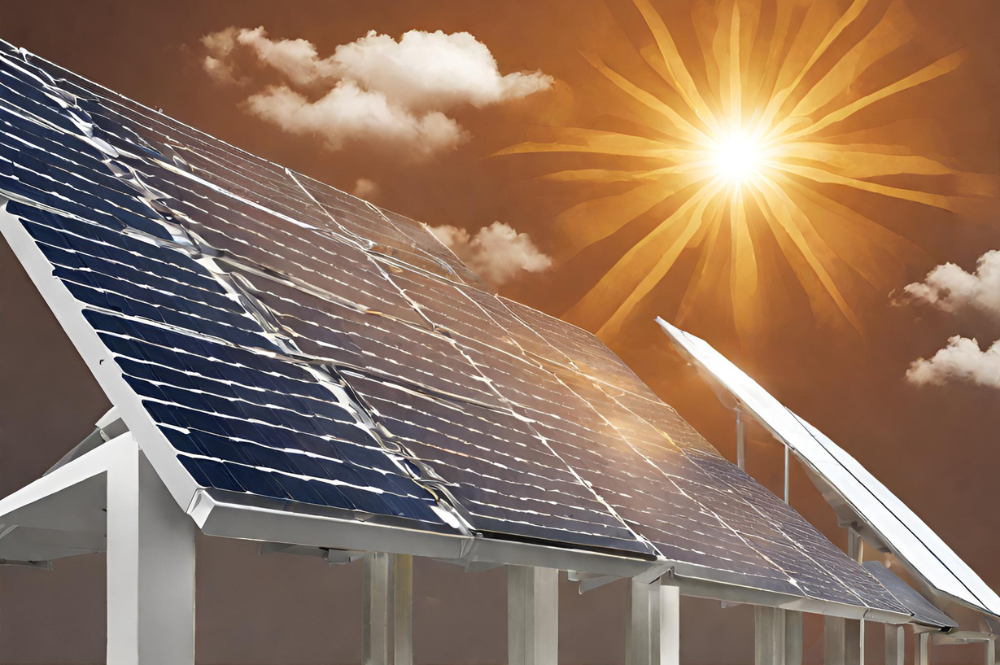As our sun-drenched country opts for money-saving and sustainable energy solutions, the solar landscape in Australia has been steadily growing. Now, with rising energy costs and severe weather patterns we’ve collectively witnessed, the forecast looks even more dynamic for 2024. Let’s take a look at the key trends that will shape our solar industry down under.
Top 5 solar energy predictions in Australia 2024
Current solar adoption rates in Australia
Before we take a look into the future, let’s set some context with the past. Australia’s love affair with solar power is shown in the numbers. Recent data within the Australian Energy Council’s Solar Report 2022 indicates a substantial increase in solar adoption rates across the country. With over 3.04 million solar installations Australia-wide, it’s clear that Aussies are keen to harness the power of the sun, bringing with it a demand in installations and products.
Improving solar panel technologies and efficiencies
Advancements in solar panel technologies are not only transforming the efficiency of a solar installation, but the aesthetics too.
When it comes to efficiency, we’re talking bi-facial solar panels that capture sunlight from both sides to the integration of nanotechnology, microinverters and enhanced storage capabilities to drastically increase the output of a solar system. When it comes to aesthetics, panels are likely to become sleeker, lighter and more capable of integrating with various architectural designs, making them even more visually appealing. Innovations like transparent solar panels integrated into windows are already making waves, offering a seamless blend of functionality and design.
Increasing solar storage solutions
With scenes like what we saw on the Gold Coast of Christmas 2023, it won’t be a surprise when the demand for solar storage solutions, such as batteries, rises rapidly. Aussies are increasingly recognising the value of storing excess solar energy for use during periods of low sunlight, or as an emergency source of backup power during grid outages. Lithium-ion batteries, with their longevity and high energy density, are leading the charge in the residential energy storage sector. It’s also expected that the Tesla Powerwall 3 will make it’s debut in 2024.
Discover more about battery benefits and solar energy self-sufficiency.
Rapid emergence of AI in solar
With the introduction of Artificial Intelligence (AI), the solar energy industry has already seen an incredible transformation.
Solar energy production, system monitoring and system management are being revolutionisd by AI (check out the power of solar system monitoring). But we’re only on the edge of AI and its enormous potential to improve efficiencies across the board, and lower costs. It’s predicted that machine learning algorithms will shape the way in which a solar system is installed in the first place. With the ability to analyse roof tilt angle, roof orientation, placement of panels, to terrain, geographical location and weather patterns, machine learning algorithms are set to fast-track the optimal installation for solar panels. Which means the best system performance possible, and the best cost-effectiveness too.
Energy ecosystems on the rise
Following suit from AI and technological advancements in general, you will no longer be buying just a solar system in 2024. You will be embracing a future energy ecosystem, where the solar system is the foundation of an interconnected energy world. Your energy ecosystem will take shape with greater energy visualisation and control (smart monitoring), energy storage solutions (a battery), electric vehicle (EV) charging, and appliance control too (air conditioning, hot water, etc.). An interconnected energy ecosystem will shift your energy dependency away from the grid, and save you money in the long term. Selecting the most advanced software will be vital in 2024.
Regional variations in solar installations
While solar adoption is becoming widespread in Australia, regional variations in installation trends are becoming more noteworthy. Coastal regions, like the Tweed coast, are becoming more and more populated, meaning a traditional rooftop solar installation will remain as the go-to. Whereas inland areas that offer more space, such as Eureka or Murwillumbah, might explore more ground-mounted solar options. It will be interesting to learn the data of installation type across Australia in the coming years, not just in our regional area, but across our vast land.
With the industry continuously making advancements in solar panel efficiency and aesthetics, increased integration of smart technologies and AI in solar systems, and increased energy storage solutions, the future of solar energy uptake in Australia is promising. In addition to Aussie sentiment, Government initiatives and incentives will undoubtedly play a pivotal role in this growing momentum too.


Leave A Comment